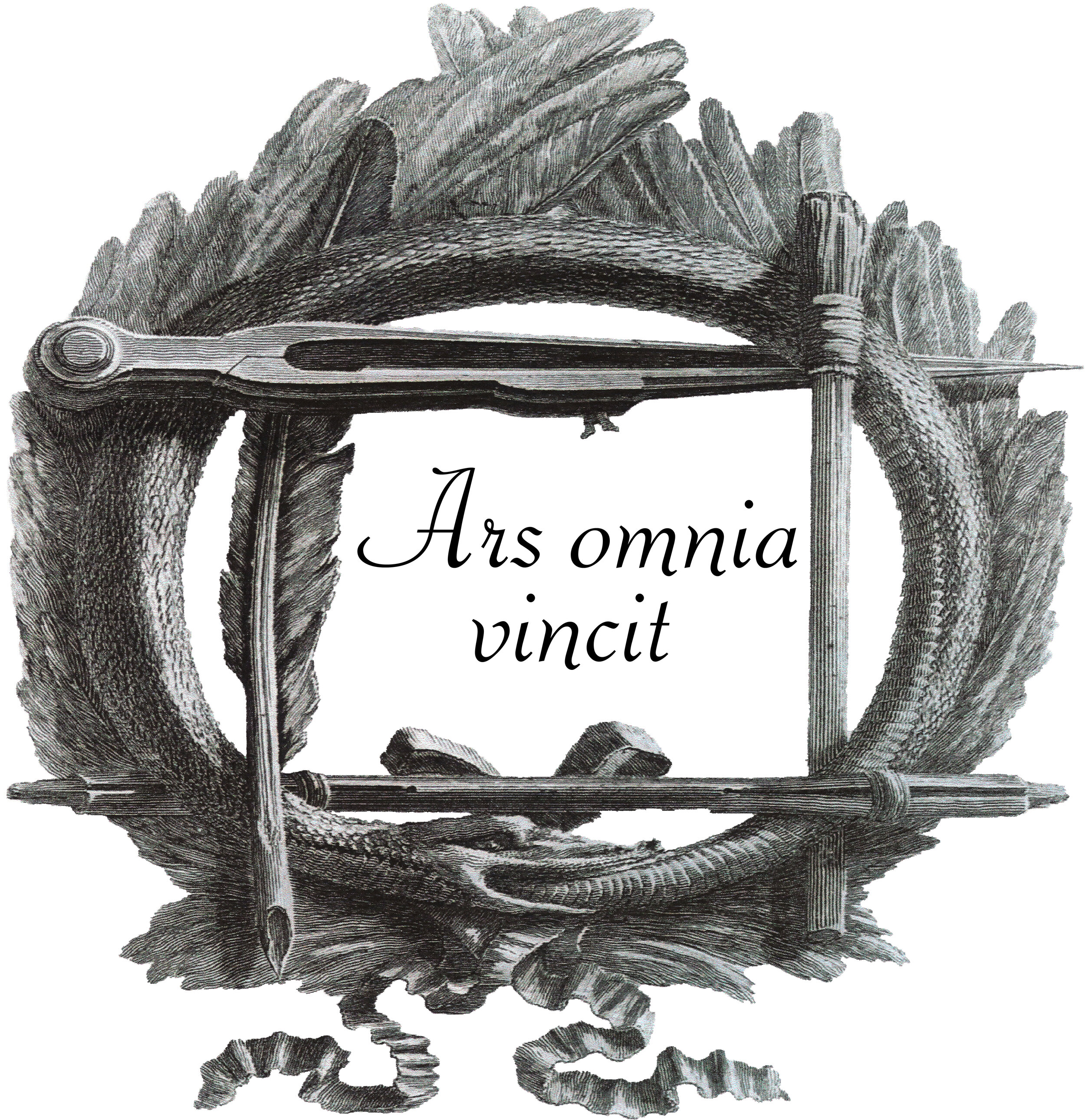Extensive view of the Roman Forum


Extensive view of the Roman Forum
Tempera (bodycolor) on paper depicting an extensive view of the Roman Forum within the original empire period gilt wood and stucco frame.
Attributed to the German painter Albert Christoph Dies (1755-1822)
Size cm 50 x70 circa.
Excellent condition commensurate with age.
Albert Christoph Dies (1755 – 28 December 1822) was a German painter, composer, and biographer.
Dies was born in Hanover (baptized 11 February 1755), and began his studies there. For one year he studied in the academy of Düsseldorf, and then he started at the age of twenty with thirty ducats in his pocket for Rome, studying briefly on the way in Mannheim and Basel.[3] In Rome he lived a frugal life till 1796; his son Johannes (Giovanni) was born there in 1776. Copying pictures, chiefly by Salvator Rosa, for a livelihood, his taste led him to draw and paint from nature in Tivoli, Albano and other picturesque places in the vicinity of Rome. Naples, the birthplace of his favorite master, he visited more than once for the same reasons,
Goethe visited him in 1787. The poet, interested in the theory of color, reported in his Zweiter römischer Aufenthalt "At the moment I am engaged in something from which I learn a great deal; I have found and sketched a landscape that a clever artist, Dies, colored in my presence; thus eyes and mind grow ever more accustomed to color and harmony."
During the Rome visit, Dies also composed music, though later on he apparently destroyed all that he had written, and none of it survives today.
At one point, Jacques-Louis David, then composing his Oath of the Horatii (1784) at Rome, wished to take him to Paris. But Dies had reasons for not accepting the offer. He was courting a young Roman whom he subsequently married. Meanwhile, he had made the acquaintance of the engraver Giovanni Volpato, for whom he executed numerous drawings, and this no doubt suggested the plan, which he afterwards carried out, of publishing, in partnership with Jacob Wilhelm Mechau, Johann Christian Reinhart and Johann Friedrich Frauenholz, the series of plates known as the Collection de vues pittoresques de l'Italie, published in seventy-two sheets at Nuremberg in 1799. According to Gotwals, "In May, 1796, Dies apparently eloped with a young girl to Salzburg." The following year he moved to Vienna, and lived there on the produce of his brush as a landscape painter, and on that of his pencil or graver as a draughtsman and etcher. He also taught landscape painting at the Imperial and Royal Academy, and later, in his final post, was gallery director to Prince Nikolaus Esterházy II. During this time his physical condition grew worse, and he even lost the use of one of his hands.



